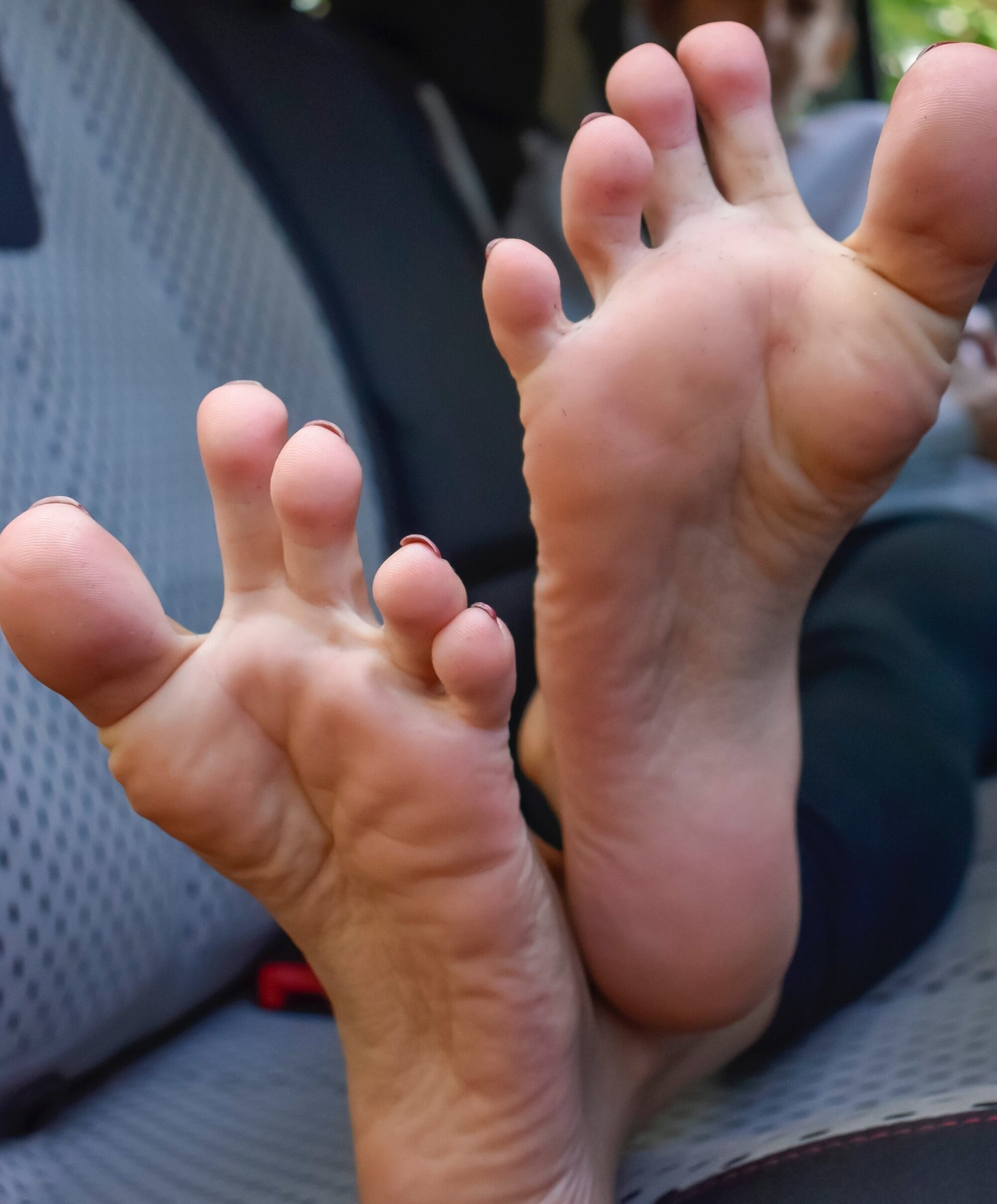When you're dealing with persistent pain or recovering from an injury, finding the right treatment can feel like navigating a maze. Two advanced therapies that often come up in discussions about effective pain management and tissue regeneration are MLS (Multi-wave Locked System) Laser Therapy and Radial Shockwave Therapy. Both are powerful tools, but they work in fundamentally different ways. Let's break down the distinctions so you can better understand which might be best suited for your specific needs.
MLS Laser Therapy: The Power of Light for Cellular Healing
At Tripod Laser Services, MLS Laser Therapy is a cornerstone of our approach to pain relief and accelerated healing. What makes it so effective? It all comes down to light.
MLS Laser Therapy uses synchronized wavelengths of light to penetrate deep into tissues without heat or discomfort. This patented technology delivers therapeutic light energy to damaged cells, triggering a cascade of beneficial effects:
Reduced Inflammation: It significantly decreases swelling and inflammation, which are primary contributors to pain.
Pain Relief: By blocking pain signals and promoting the release of endorphins, MLS therapy offers rapid pain reduction.
Accelerated Tissue Repair: The laser energy stimulates cellular metabolism, increasing ATP production (the fuel for cells). This accelerates the repair of muscles, tendons, ligaments, and nerves.
Improved Blood Flow: It promotes vasodilation, increasing circulation to the injured area, which brings essential nutrients and removes waste products.
Imagine your cells are like tiny batteries that have run low due to injury or chronic stress. MLS Laser Therapy recharges those batteries, empowering your body to heal itself more efficiently. It's a non-invasive, drug-free option that addresses the root cause of pain by fostering natural healing.
Radial Shockwave Therapy: Mechanical Force for Tissue Regeneration
Radial Shockwave Therapy (RSWT), sometimes simply called Shockwave Therapy, operates on a very different principle. Instead of light, it uses pneumatic energy to generate high-energy acoustic waves. These "shockwaves" are delivered through the skin to the affected tissues.
Here's how Radial Shockwave Therapy typically works:
Microtrauma and Neovascularization: The mechanical stress from the shockwaves creates controlled microtrauma within the tissue. This, in turn, stimulates a healing response, including the formation of new blood vessels (neovascularization), which improves blood supply to the area.
Breakdown of Calcifications: It's particularly effective at breaking down calcified deposits often found in chronic tendon issues (like rotator cuff calcific tendinopathy or Achilles tendinopathy).
Pain Reduction: While it can be temporarily uncomfortable during the treatment, it helps reduce pain over time by stimulating nerve fibers and depleting Substance P (a neurotransmitter associated with pain).
Collagen Production: It can stimulate the production of collagen, a crucial component for tissue repair and strength.
Think of Radial Shockwave Therapy as a targeted "reset" button for stubborn, chronic conditions. It's often utilized when tissues have become stagnant in their healing process.
Which One is Right for You?
Neither therapy is "better" than the other; they are simply different tools for different jobs.
MLS Laser Therapy is an excellent choice for broad pain relief, managing inflammation, accelerating healing across a wide spectrum of acute injuries (sprains, strains, post-op recovery), chronic pain conditions (arthritis, back pain), and nerve-related issues. It's often preferred for its comfortable application and its ability to enhance the body's natural healing processes without discomfort.
Ready to Recharge Your Healing? Take the Next Step!
If you're tired of temporary fixes and are looking for a powerful, non-invasive, and drug-free solution to tackle your pain and accelerate your recovery, MLS Laser Therapy may be the answer you've been searching for.
At Tripod Laser Services, we specialize in harnessing the advanced healing power of light.
Stop managing your pain and start healing it.
Call us today at 248-360-3888 to schedule your consultation. Let's discuss how MLS Laser Therapy can get you back to living life without limits!











